
The Big Five - 17 June edition
A weekly guide to readings on modern war and adapting to win
Thanks to my reading, I have never been caught flat-footed by any situation, never at a loss for how any problem has been addressed (successfully or unsuccessfully) before. It doesn’t give me all the answers, but it lights what is often a dark path ahead.
General Jim Mattis
First up, an apology for getting this out a little late this week. I have been travelling between the U.S., Sweden, Latvia and back to Sweden over the last week or so, and it has been hectic and just a little draining. I did however manage to spend the last few days at an Engelsberg Ideas seminar north of Stockholm, which was both intellectually stimulating and refreshing. There were some terrific scholars in attendance.
The big news this week has been the Ukraine peace summit. While there weren’t any massive outcomes of the event beyond those expected, there are still a few things we can learn from it.
First, as one of the articles below explores, China has no interest in peace in Ukraine. It might have some interest in an agreement it can broker, but ultimately, China probably sees more benefit for its own interests in the war continuing. It distracts the U.S. and Europe and ensures Russia doesn’t totally fail.
But, we also learned that there are still many nations on the fence with this war. India, Saudi Arabia, South Africa and the United Arab Emirates attended the summit but did not agree to sign the joint statement that emerged. Anyway, despite the conduct of these nations, a communique did emerge and you can read it here.
Elsewhere, Ukraine is continuing its long range strike campaign having recently attacked the Morozovsk airfield with around 70 drones (at least that is the number provided by General Budanov). You can see images pre- and post-strike below (thanks Brady Africk). Ukraine has said it will attack the airfield again. I will be writing a piece soon with an update on Ukraine’s strike campaign against Russia.
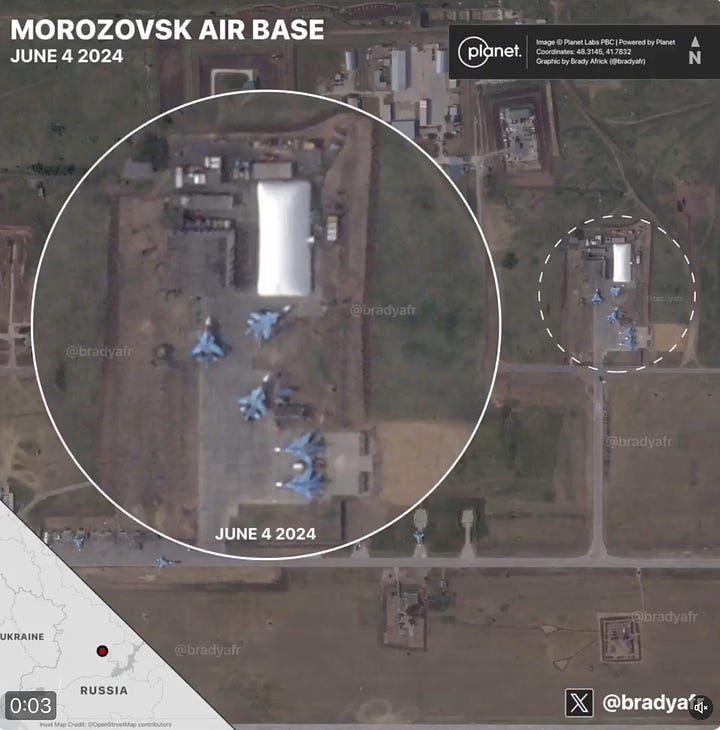
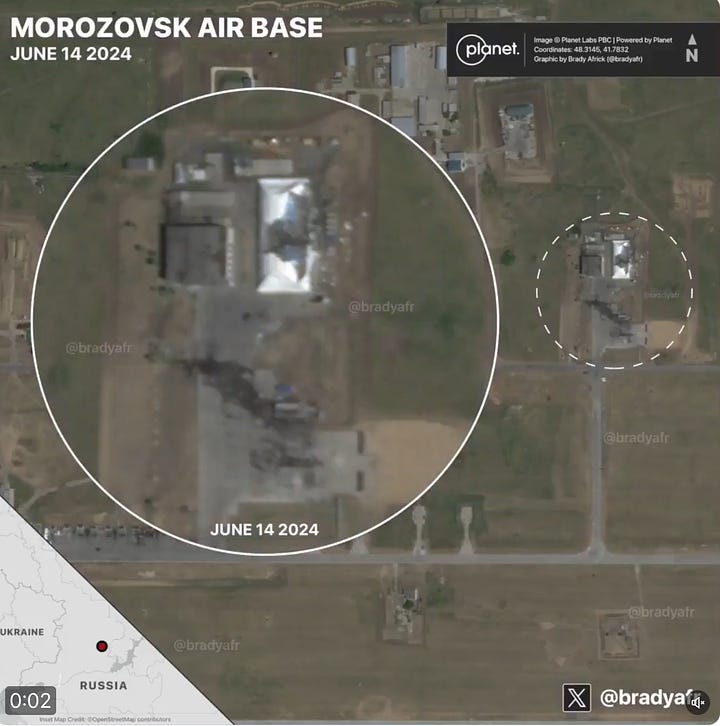
Also this week, President Putin re-issued his own ‘peace plan’, which in essence calls for a Ukrainian surrender of its sovereignty, to give up fighting for territory already occupied by Russia, stop its bid to join NATO and in essence, wait for Russia to reconstitute so it can attack more of Ukraine. No surprises there.
Finally, the Russians continue to push on the eastern front in Ukraine. They are still making minor territorial gains but only in exchange for large numbers of casualties. No matter how many men Russia thinks it has, no country can continue this kind of operation for too long. The Russians have already bogged down in their Kharkiv offensive. I expect their current eastern offensive will culminate in the next month or two.
One of my favourite images this week is of Ukrainian soldiers with a captured Russian turtle tank. While derided by some, they are not a totally crazy idea. From a Russian perspective, if you are facing an adversary with limited munitions but lots of drones, and you need to close the distance from your line of departure to the forward pits of the Ukrainians, something like this makes sense. While I don’t think these are THE solution, some kind of mobile, protected jamming system will be needed for tactical formations to successfully conduct offensive operations in this war (and in others to come).
I am sure this vehicle is headed West already for exploitation of its EW systems.
And so to this week’s readings…
Once again, a bit of a mix. I have included a piece on robotic dogs of war, as well as an article that explores the purpose of China’s nuclear weapons arsenal. There is also a good piece on Russian disinformation as well as drawing lessons from contemporary naval warfare in the Black Sea. Finally, there is a useful study of the battle of Avdiivka in Ukraine.
As always, if you only have time to read one article, the first one is my pick of the week.
1. Learning Lessons from the Sea
This is a terrific piece by Frank Hoffman and George Garrett. In the article, the two authors examine how the British and Americans drew lessons from the 1905 Battle of Tsushima between Russia and Japan, and then how these observations were applied to their ideas about the future of naval warfare. They then review the maritime domain in the Ukraine war and propose that naval forces should assess Ukraine's innovation in the Black Sea, and in doing so, might derive important insights for future naval operations. You can read the full article here.
2. Understanding Russian Disinformation
In this piece from the most recent edition of Parameters, the author the central role of disinformation in Russian strategy and what needs to be done by the United States and other countries to address it. You can read the full article here.
3. What are China’s Nukes For?
In this piece, Ashley Tallis responds to a recent article by Tong Zhao about Chinese nuclear weapons. Tallis puts the recent expansion in nuclear weapons by China down to four causes: increasing its escalation competitiveness; enhance its retaliatory effectiveness; increase the survivability of its nuclear weapons arsenal; and, increase its regional targeting effectiveness. You can read the full piece here.
4. The Battle of Avdiivka
This is a very useful initial study of the battle for Avdiivka from The Wavell Room. This site has produced a few battle studies from the Ukraine War, and they are always excellent. The authors description of combat at Avdiivka applies also to its current approach on the eastern front: “So the front line advances, by field lengths and by streets, over weeks. The cost in lives and materiel is heavy but the Russians are heedless of both.” Read the full article here.
5. Let Slip the Robot Dogs of War
This is an interesting examination of how four-legged robots, or robotic dogs (why not robotic antelope or wombats?) are being deployed in more military situations. The article casts this as a competition between the U.S. and China, although their competition in autonomous machines and AI is a much, much larger story. You can read the full piece here.





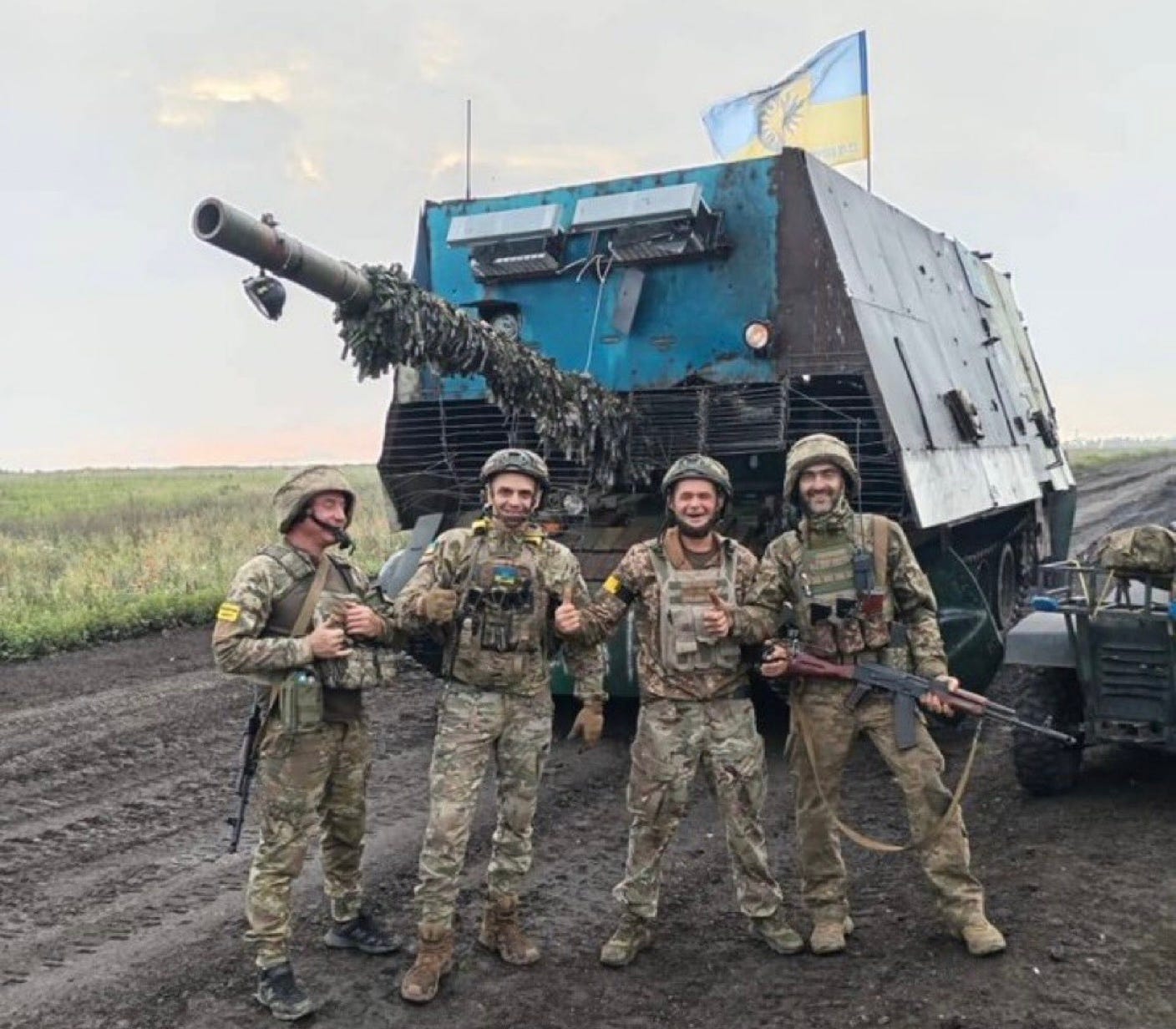
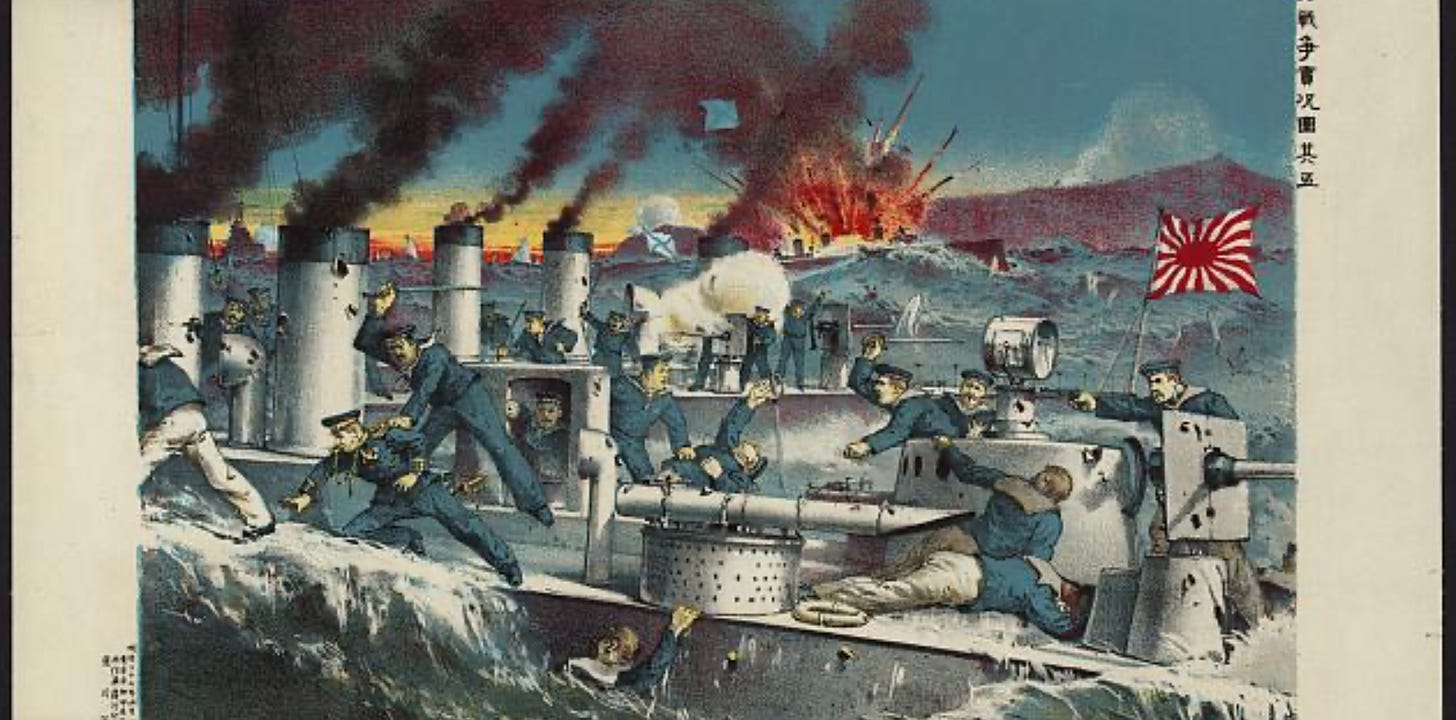
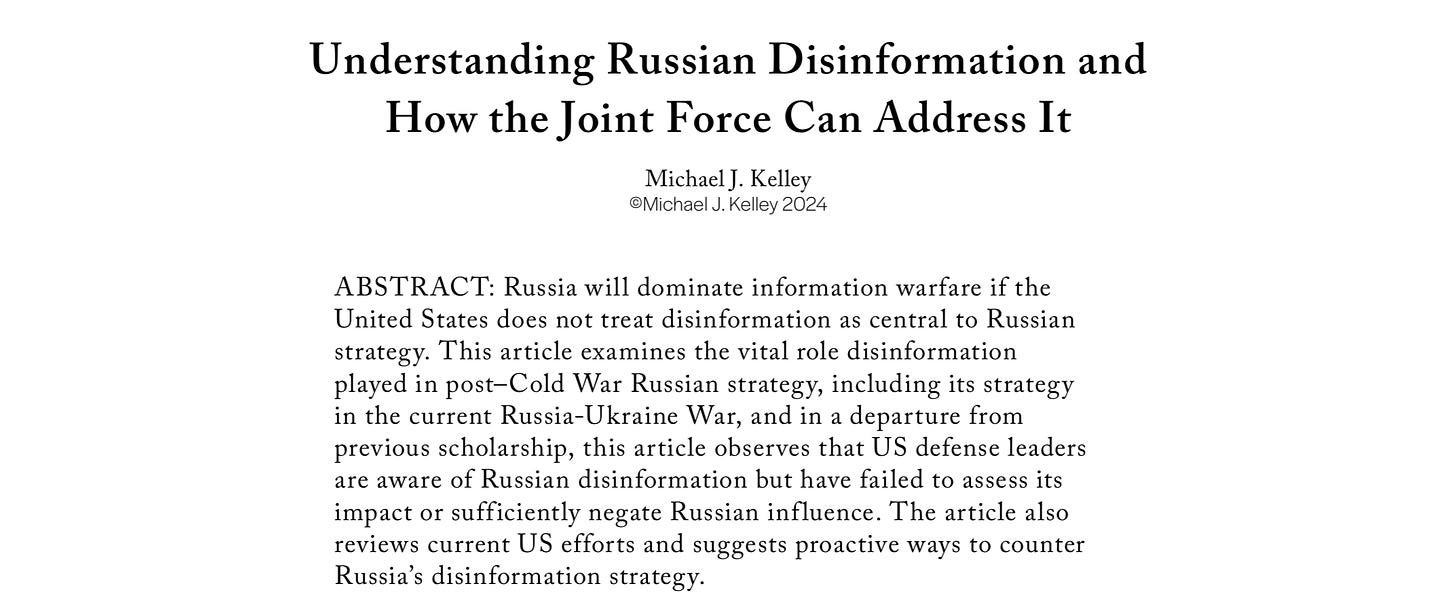
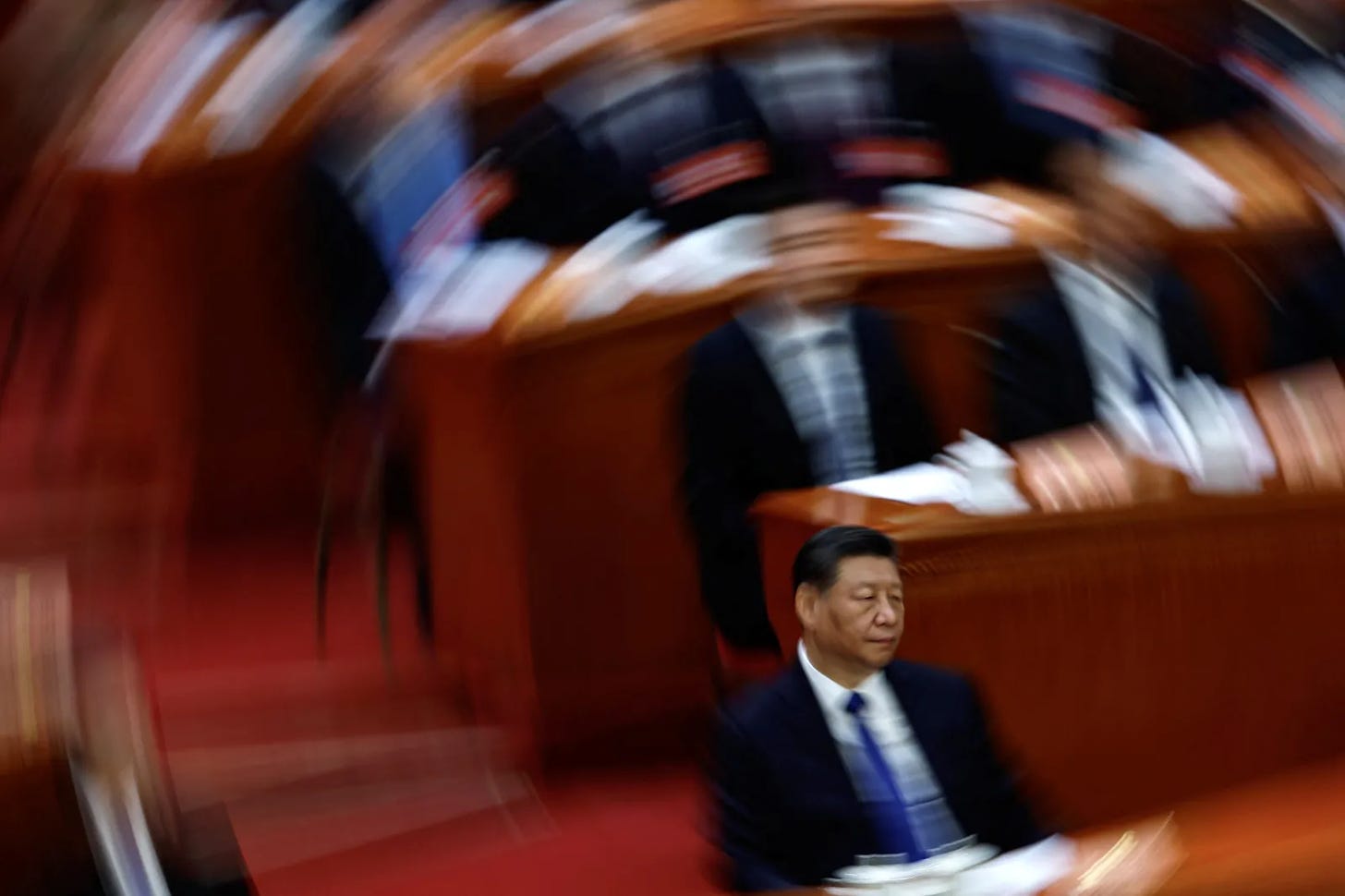
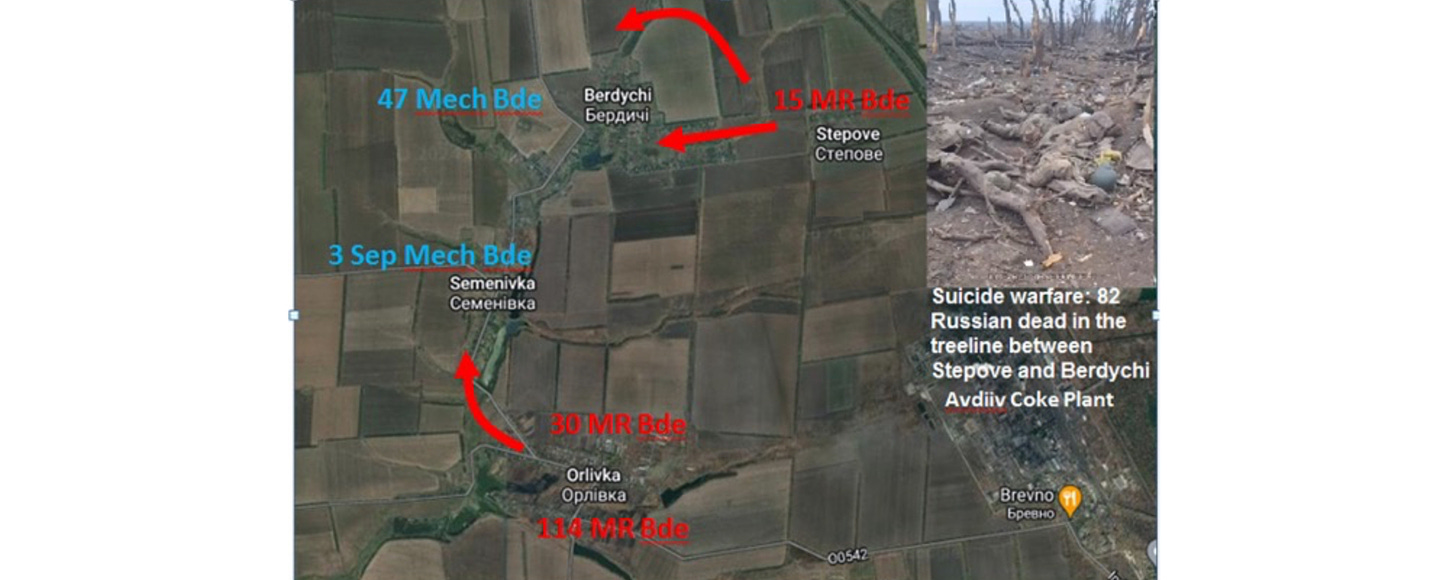
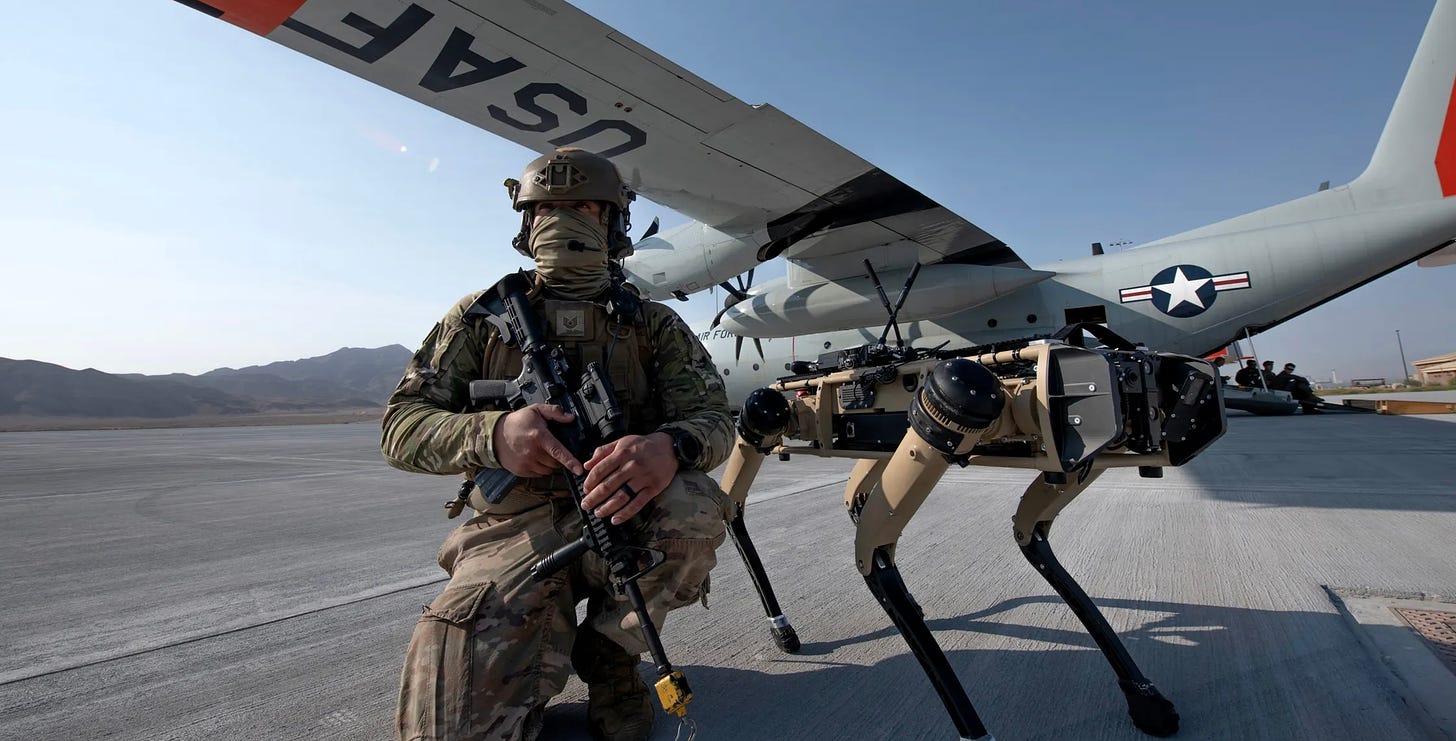







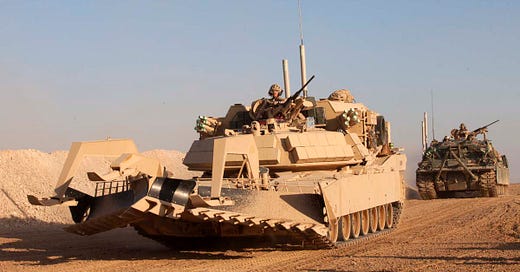



Another very informative newsletter. In particular, the article on Chinese nuclear arms expansion is timely food for thought. Thank you Mick